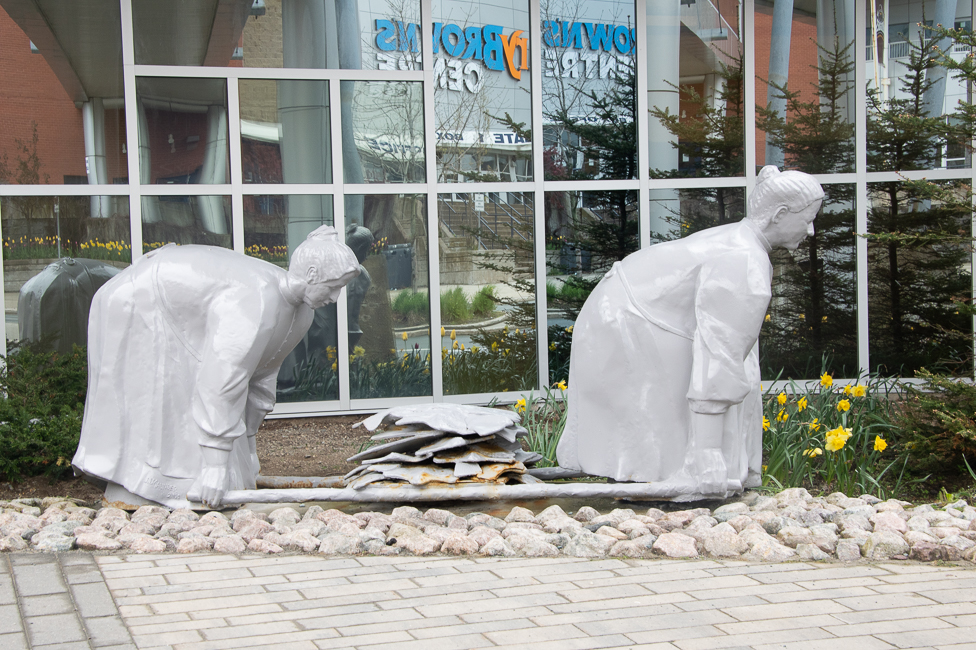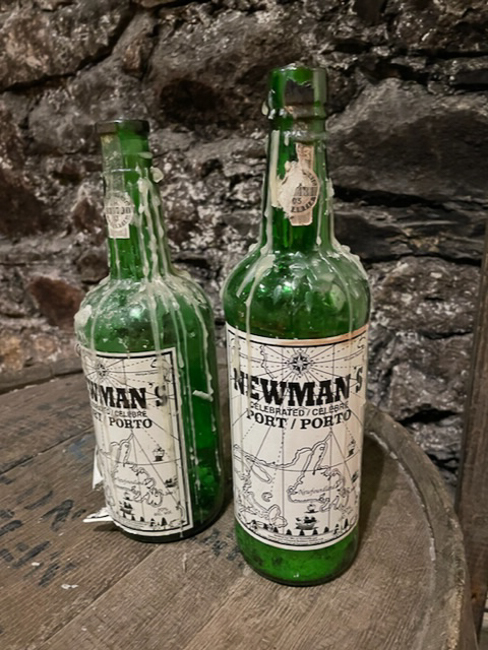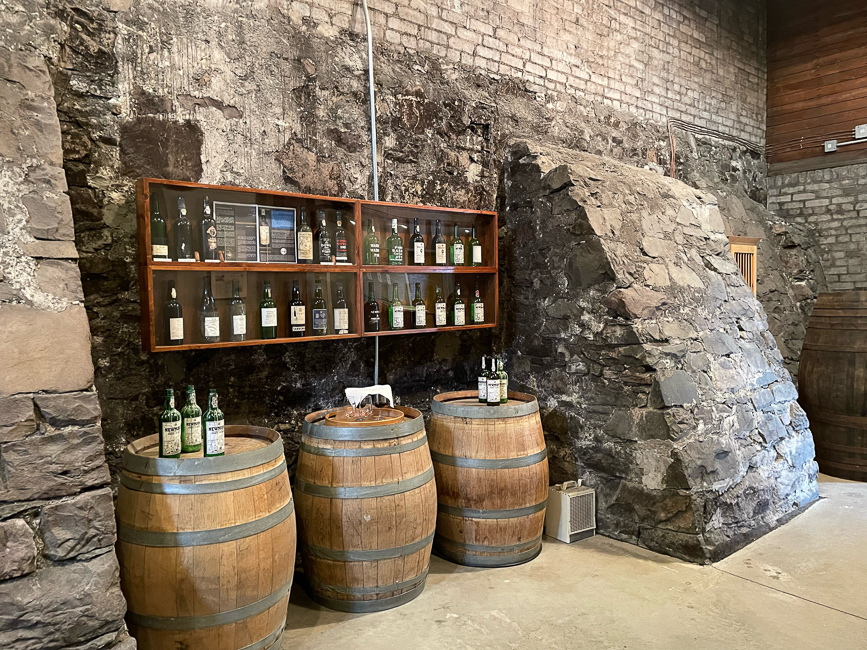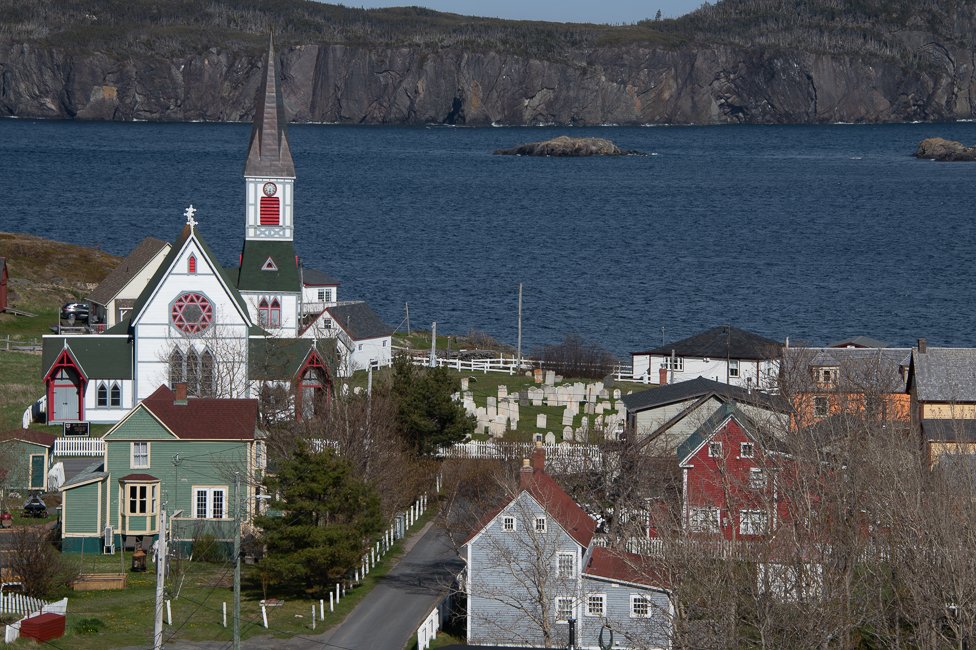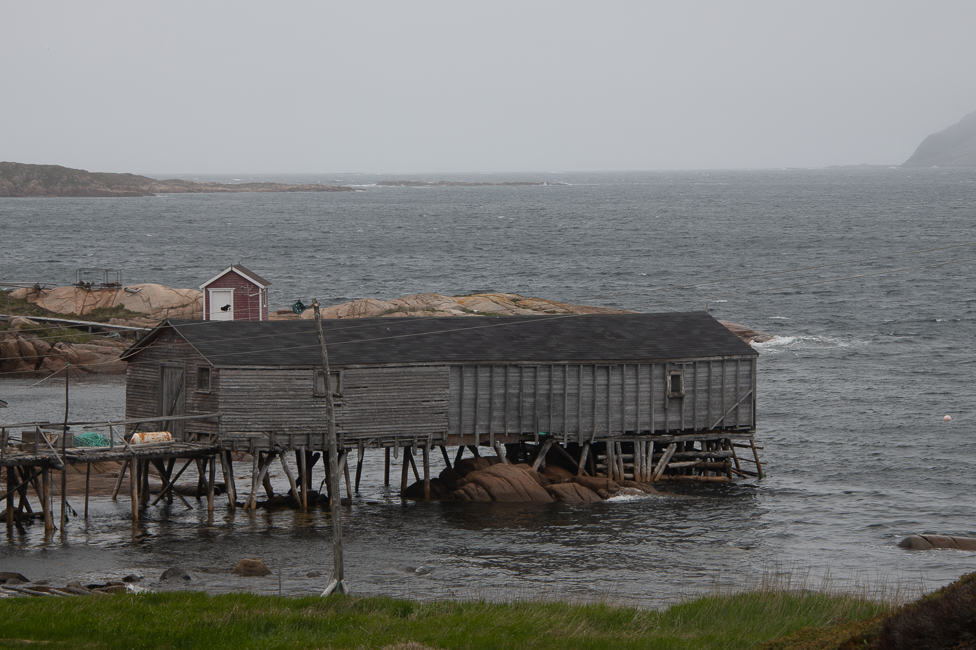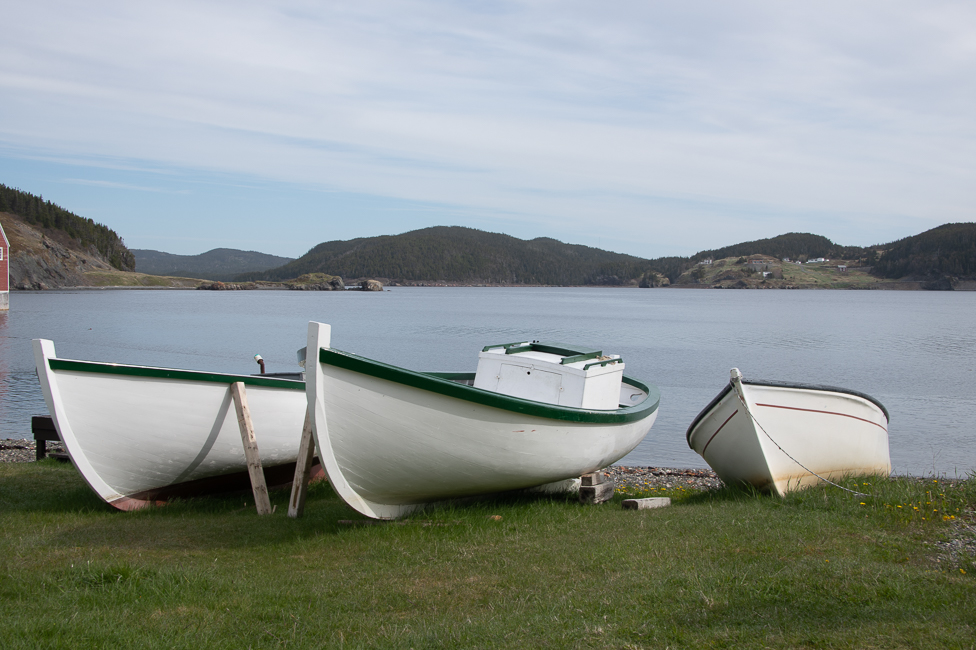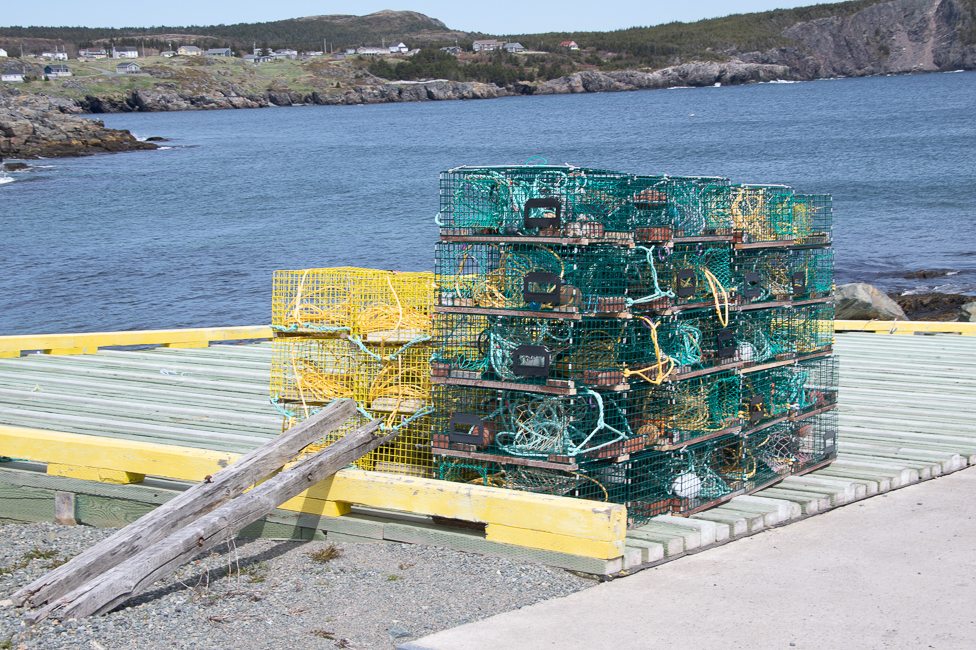June 2022
Cod is such a huge part of Newfoundland’s history, and some of it is tied up with Port wine from Portugal.
After his voyage in 1497, John Cabot’s crew reported that “the sea there is full of fish that can be taken not only with nets but with fishing-baskets.”
The Newmans of Dartmouth England had been traders for generation. By the middle of the 1500s the family had taken advantage of this plethora of cod fish and centered its trade in Newfoundland on fish. By the late 1600’s the family had established a classic shipping route, wine to Newfoundland, cod to Portugal.
For many years Newmans utilized a particular set of caves for their storage, now it is a museum and tasting room. Who constructed these “caves” is unknown, it is thought it was the British built them as bunkers, but there are no records to date.
This is what I love about traveling. Last summer I was in Portugal and learned about the trade of Port from its creation in the Duoro Valley, to its shipping to England from the town of Oporto. I had no idea there was a connection all the way across the ocean. History is so glorious in its twists and turns.
Cod fishing in Newfoundland was simply done at a subsistence level for centuries, but large scale fishing began shortly after the European arrival in the North American continent in 1492
Around 1600 English fishing captains still reported cod shoals “so thick by the shore that we hardly have been able to row a boat through them.
Cod fishing was a family business, when the men returned home, the entire family helped cure the catch. The family would work together to remove the cod’s head, spine, and guts before salting the fish and laying it out on wooden flakes to dry in the sun. The drying process could take weeks and the family had to bring the product inside whenever it rained.
The cod sheds are interesting pieces of architecture and function. The tail and head were cut off and sent down a chute back into the ocean. Then the fish was split and the bones taken out, those went through an opening in the wall and into the ocean as well.
The sheds were always built attached to rocks. The support poles would often freeze in the winter and if they broke, the shed could float out to sea, so the rocks grounded them to the land.
Approximately eight million tons of cod were caught between 1647 and 1750, a period encompassing 25 to 40 cod generations. In 1951 factory fishing began using super-trawlers. The cod catch peaked in 1968 at 810,000 ton.
Due to over fishing, the Canadian Government banned cod fishing in Newfoundland in 1992 thus ending more than 500 years of cod fishing in the area of Newfoundland.
The ban put an estimated 30,000 people out of work causing an exodus of people from rural Newfoundland. It was the single largest layoff off of workers in Canadian history. Some social scientists say more than 70,000 people have left the bays, coves and outports of the province since. Today recreational fishing is limited to 5 cod fish per person, and 15 per boat.
The cod trap is the most cost and labor efficient method for cod fishing. It was developed in the late 1860’s by Captain William H. Whitely, a Newfoundland fishing skipper operating off the coast of Labrador.
The fisherman I met on Fogo Island, however, told me it was a local fella, sitting in church, thinking of fishing and not the gospel, who invented the concept.
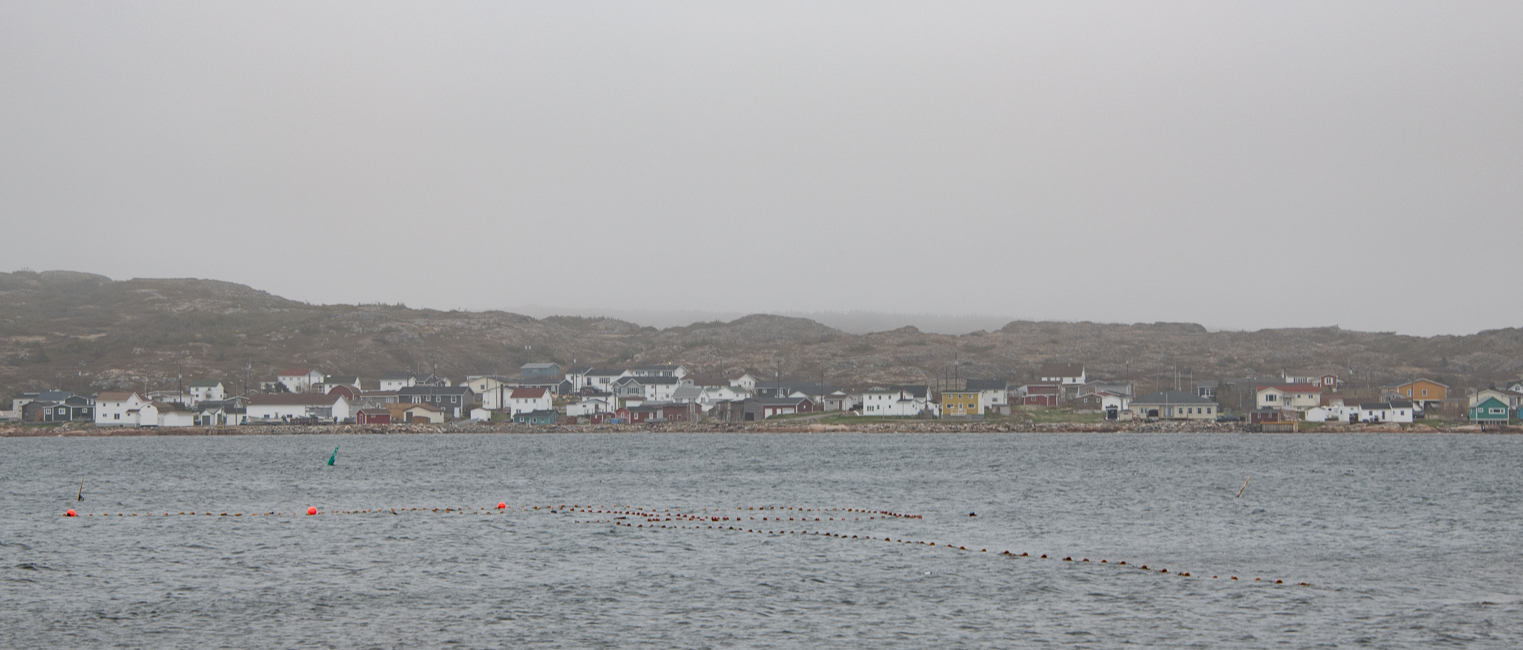
A cod trap. The fish are lured in along the net, called a leader, and then get ensnared in the big net where you see the three orange buoys.
The system for using cod traps is rather detailed but for the sake of brevity I have whittled it down. The cod trap is basically a room, with four walls and a floor, constructed of netting. Fish enter the trap through a doorway in the front wall. Extending outward from the centre of the doorway is a long wall of netting to hold the caught cod.
These are no longer allowed, and the above was put out by a father and son that I met, to show people what they would look like. The son, had never done it before and said, that even one without a net (this one did not have one), the work was really hard, he had no idea how he would have managed to do it with the nets attached.
